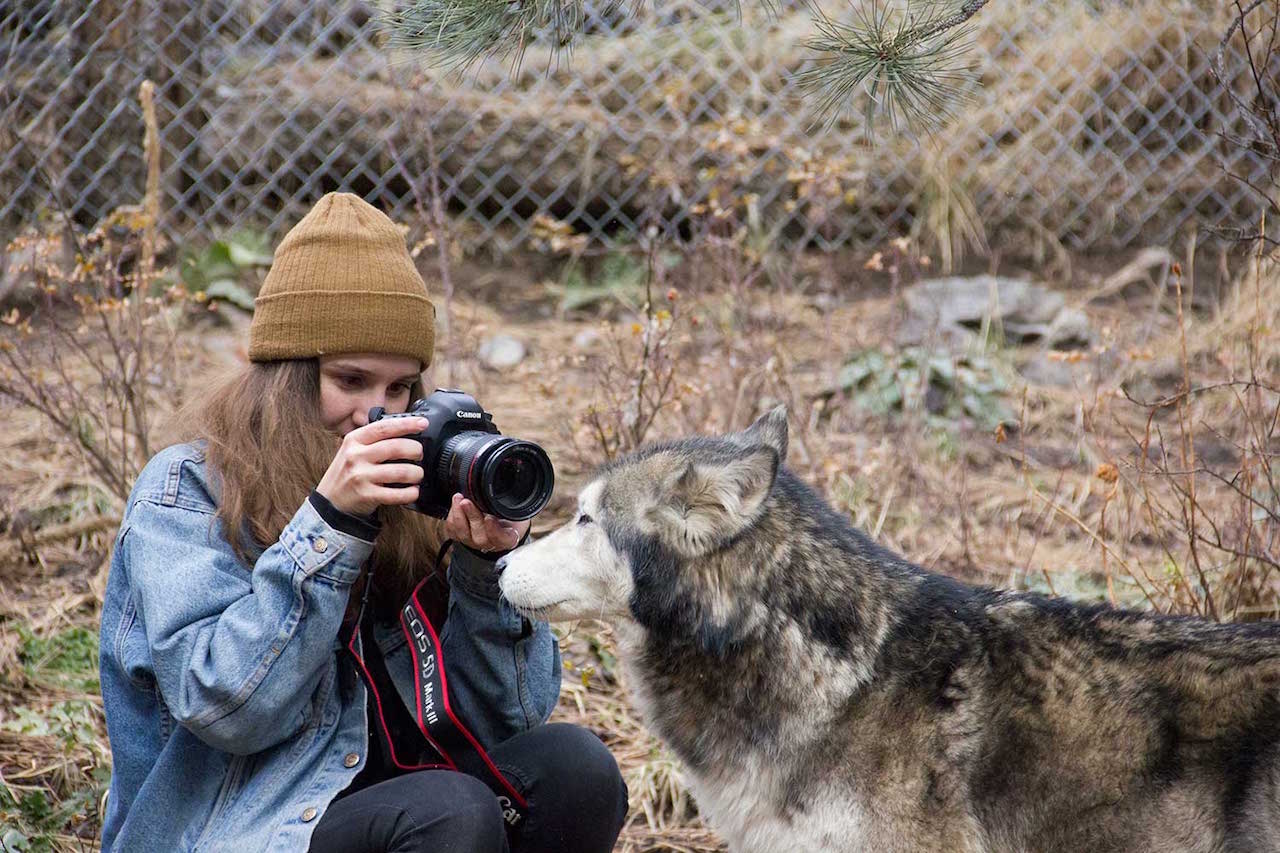The Local newsletter is your free, daily guide to life in Colorado. For locals, by locals.
It’s no secret that nonprofit organizations, almost by definition, must operate with limited resources. In the information age, that too often means that these groups’ websites—the digital front doors that introduce and promote their noble efforts to the world—are remedial at best.
Now the University of Colorado Denver’s Digital Design program is striving to remedy this situation while also inspiring students to seek out opportunities to give back once they graduate into the professional world. The upper-level course Design Studio 3 (DS3) enlists teams of students to select nonprofit organizations that are ripe for a website and branding makeover.

Every term, each student in the class picks three groups they’d like to help, then they conduct due diligence to see which ones are the best fit for the type of services they provide. These include redevelopment of websites and collateral materials, branding, and social media improvements. “A lot of these groups haven’t figured out how to provide a better online user experience for people interested in helping their cause. In many cases they haven’t even figured out the most effective place to put their ‘donate’ button,” says Michelle Carpenter, the CU Denver assistant professor who teaches DS3. She hit upon the idea of helping nonprofits thanks to her personal track record of doing pro bono work—primarily in the form of documentary filmmaking and other collaborations.
Carpenter’s class ends up working with about a half-dozen nonprofits per year, providing about $15,000 worth of services free of charge. Among the organizations they’ve recently assisted are W.O.L.F. Sanctuary Colorado (pictured); the Breckenridge Film Festival; Abbott House, which helps girls who have been victims of trauma and abuse; and the Africa School Assistance Project, which creates public education opportunities in East Africa.
Once a nonprofit is chosen, the class divides into multi-person teams that visit the groups (when possible) and meet with their principals to get a feel for what the organization does, and for what’s missing. Each student then creates a redesign concept and the nonprofit’s leaders select their favorite, which is often a hybrid of more than one student’s ideas. The teams then begin the “full brand overhaul” that helps the nonprofit improve both its overall look and its digital abilities and efficiencies.
With 38 new students entering the Digital Design program this past fall, Carpenter thinks her students will eventually be able to work with as many as 10 nonprofits per year, and she’s hopeful that her students will bring the pro bono motivation of the program into their own professional careers. “I have a long background in the nonprofit world, and my goal for this program is that it becomes a part of my students’ lives and helps them see how they can give back after they’ve graduated,” she says.
Nonprofit groups that are interested in being considered for a DS3 makeover should email Carpenter at michelle.carpenter@ucdenver.edu.








